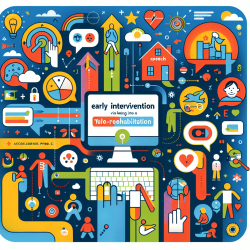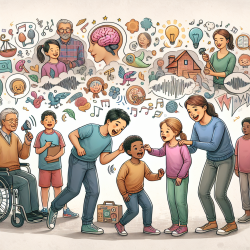As a practitioner in the field of speech-language pathology, understanding the unique challenges faced by bilingual individuals who stutter is crucial. The research article titled Disfluency Patterns in Four Bilingual Adults who Stutter / Disfluidits chez quatre adultes bilingues qui bgaient by Patricia M. Roberts provides invaluable insights into this area. By delving into the outcomes of this study, you can enhance your therapeutic strategies and better support your bilingual clients.
The study examined four bilingual adults who stuttered, comparing their fluency and speaking rates in French and English during monologues and reading aloud tasks. Key findings include:
- French-dominant participants were more disfluent and spoke more slowly in English than in French during monologues.
- Balanced bilingual participants showed fewer differences in disfluency patterns between the two languages.
- Reading aloud tasks revealed fewer between-language differences in disfluency.
- Self-evaluation of fluency was a poor predictor of observed disfluency levels.
Based on these findings, practitioners can implement the following strategies to improve their therapeutic approach:
1. Assess Both Languages
Since self-evaluation may not accurately reflect actual disfluency levels, it's essential to assess both languages in bilingual clients. This ensures a comprehensive understanding of their fluency patterns and helps tailor therapy accordingly.
2. Focus on Monologues and Reading Aloud
Utilize both monologue and reading aloud tasks during assessments. The study found that disfluency patterns varied between these tasks, providing a more nuanced view of the client's speech fluency.
3. Consider Language Dominance
Be mindful of the client's dominant language and how it impacts their fluency. For French-dominant individuals, therapy might focus on enhancing fluency in English, while balanced bilinguals may benefit from strategies that address both languages equally.
4. Encourage Further Research
The study highlights the need for more research on stuttering in bilingual adults. Practitioners are encouraged to contribute to this growing body of knowledge by conducting their own studies or collaborating with researchers.
To read the original research paper, please follow this link: Disfluency Patterns in Four Bilingual Adults who Stutter / Disfluidits chez quatre adultes bilingues qui bgaient










